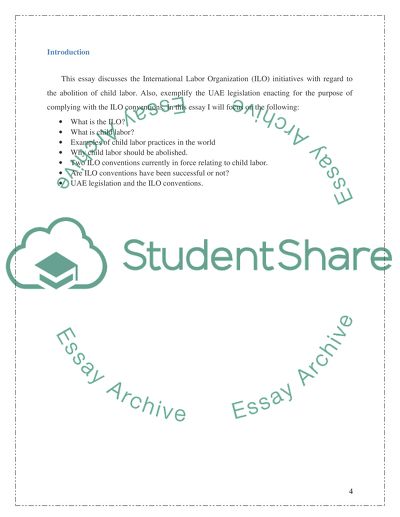Cite this document
(“International Labor Organization (ILO) Child Labor and The UAE Essay”, n.d.)
Retrieved from https://studentshare.org/human-resources/1489005-ilo
Retrieved from https://studentshare.org/human-resources/1489005-ilo
(International Labor Organization (ILO) Child Labor and The UAE Essay)
https://studentshare.org/human-resources/1489005-ilo.
https://studentshare.org/human-resources/1489005-ilo.
“International Labor Organization (ILO) Child Labor and The UAE Essay”, n.d. https://studentshare.org/human-resources/1489005-ilo.


